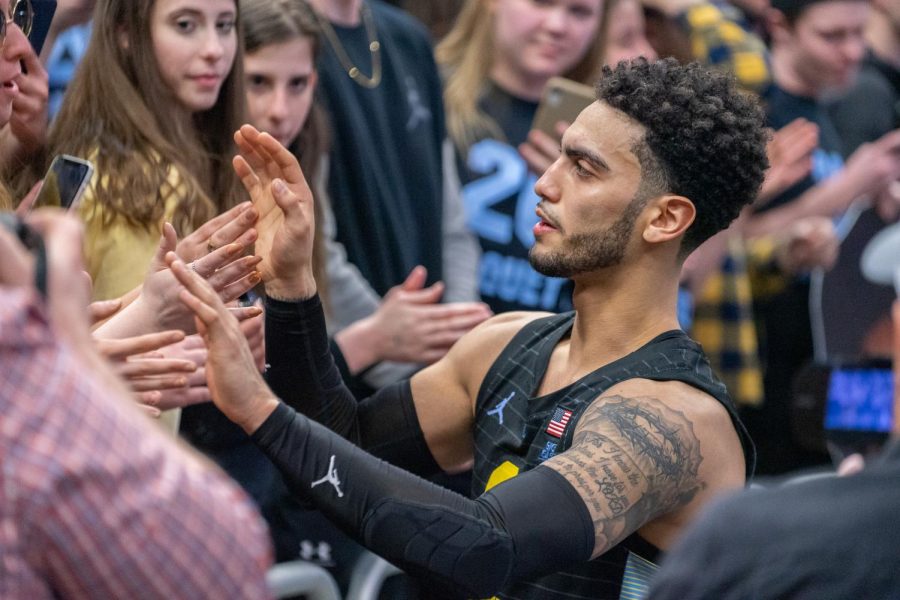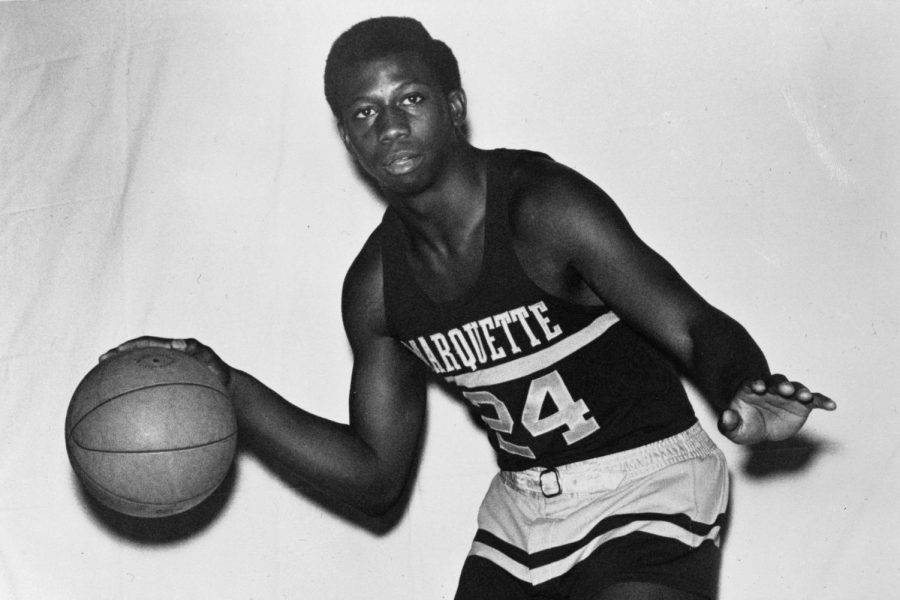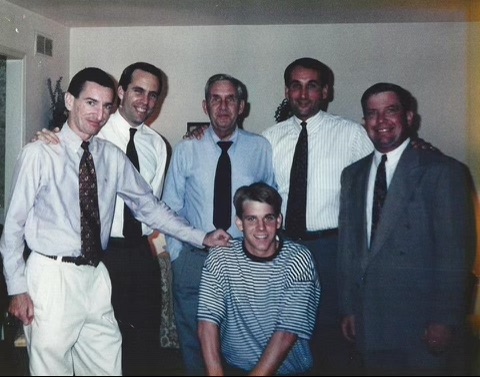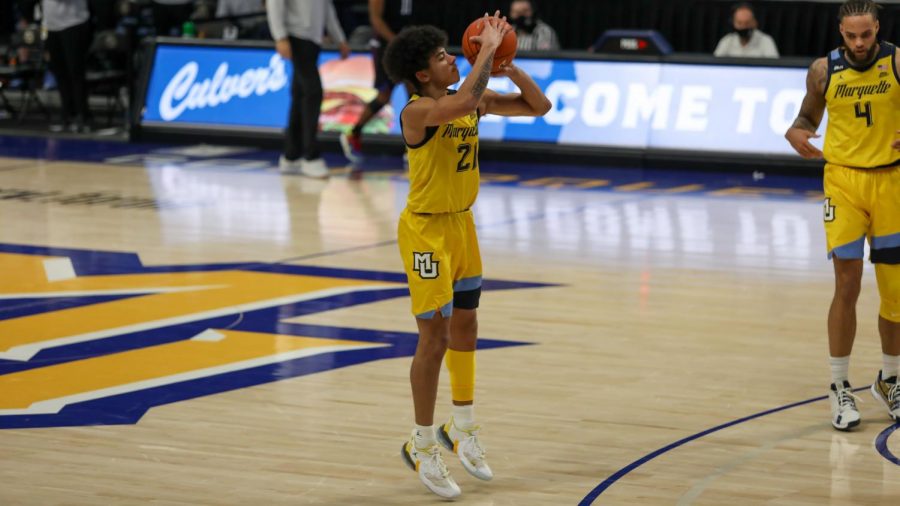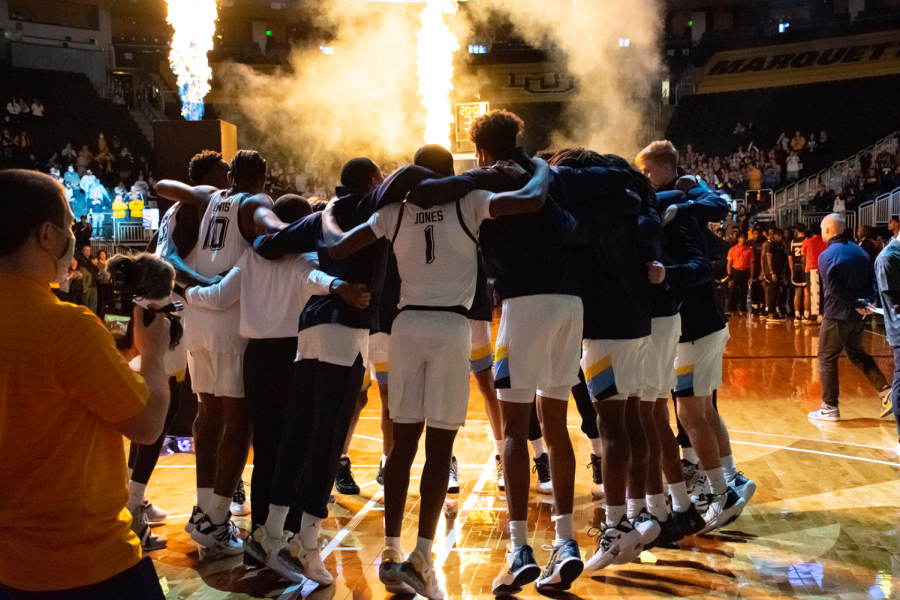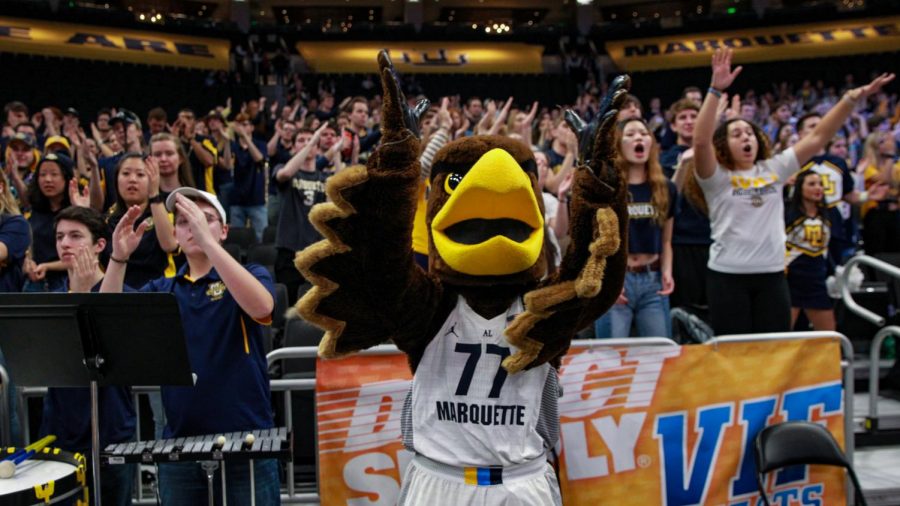At the beginning of Markus Howard’s 52-point tour de force against the Providence Friars, when he only had 10 points and showed little sign of the eruption that was about to come, my mom asked a salient question.
“Is Markus Howard going to go to the NBA?”
“No,” I answered. “At least not yet. He’s too short. He doesn’t have the ballhandling skills to face NBA defenses. He turns the ball over all the time and his defense would be picked apart.”
All those things are still true, and it’s why Howard doesn’t appear on many NBA Draft boards, not even as a borderline second-round pick. After what transpired last night, it’s time for that to change.
Here are two stat lines. One is Markus Howard from this season and one is a current NBA player in his sophomore year of college.
Player A: 31.8 mpg, .476 FG, .403 3FG, .598 eFG, 100% FT, 22.6 ppg, 3.5 rpg, 2.5 apg, 2.1 tpg, 120.7 ORtg, 28.9% Usage
Player B: 33.1 mpg, .483 FG, .439 3FG, .607 eFG, 89.4% FT, 25.9 ppg, 4.6 rpg, 2.9 apg, 2.6 tpg, 121.2 ORtg, 31.8% Usage
(Offensive rating is a proprietary measurement of a player’s offensive efficiency. Effective field goal percentage, or eFG, is a measure of accuracy that gives extra weight to made 3-pointers. Usage rate is the percentage of possessions that ends with a particular player’s action while he’s on the floor.)
The first player, who is slightly lower in just about each statistical category, is Markus Howard. Player B is former Davidson point guard and two-time NBA MVP Steph Curry in the season where he led the Wildcats to the Elite Eight.
This, of course, comes with lots of qualifiers: Curry is three inches taller than Howard and drastically improved his passing by the time he declared for the NBA Draft. Howard is also a much less effective defender. I’m certainly not suggesting that Howard’s going to be the next Steph Curry.
It still seems a little weird that Player B was a consensus top 10 pick while Player A seemingly hasn’t generated any NBA buzz.
Howard’s game seems especially relevant considering the NBA’s increased reliance on 3-pointers over the last seven years. In 2010-’11, teams took an average of 18 threes per game. Now teams are averaging 28.6 3-pointers per game, a 59 percent increase. The demand for shooters will only continue to rise, and players that can make threes consistently merit at least NBA consideration, if not an NBA roster spot.
Of course, the shooting-based argument against Howard is that the supply of shooters has also never been greater. Almost 400 players are making at least 40 percent of their 3-pointers this year, up from 262 in the 2007-’08 season. The NBA-worthy prospects in that group also possess superior athleticism, lockdown defense or some other trait that separates them from the rank-and-file shooter.
If there is an NBA case to be made purely on the basis of his shot, Markus Howard argued it about as well as anybody could against Providence. Here’s that list of nearly 400 players. Immediately cross off the ones that are used on less than 20 percent of the team’s possessions; they’re not involved enough in the offense to make NBA-caliber impact. Already, the list is down to about 200.
Now consider this play:
Take another marker and cross off the ones that can’t create their own shot, because Howard used his crossover and step-back to do it at will. Use a different color marker to eliminate anyone that doesn’t have a solid offensive game from inside the arc. Howard went 6-of-10 with 12 points on two-pointers and flashed an aptitude for altering his shot in mid-air that will be necessary at the next level.
Now, of the remaining players, how many could score 10 points in the final 131 seconds to bring his team back from an almost certain loss? Who else in the country could be in that situation – on the road, opposing crowd going nuts, just fumbled away an eight-point lead, teammates hardly helping – and succeed? As much as it’s bad practice to make inferences about intangibles through a television set, that has to take a certain level of mental fortitude that not everyone with natural ability has.
Even though there are only five players in the NBA that are shorter than six feet, there is a role for nimble, sweet-shooting guards like Howard. One possible analogy is eight-year veteran Patty Mills of the San Antonio Spurs, who has found a reserve point guard niche despite standing only an inch taller than Howard. Kay Felder, a shoot-first guard recently waived by the Bulls, is another player with a similar profile to Howard coming out of college.
Granted, both Mills and Felder were taken deep in the second round, as are most players below six feet tall. Still, both players have played in NBA games against guys with more imposing physical profiles. Howard’s lack of height and wingspan mean he’ll have much less margin for error, but that shouldn’t preclude him from at least getting a chance at the highest level.
The other attractive thing about Howard is his age. He’s turning 19 in March, which puts him on par with most of this year’s freshman class. If he decides to come out early, it wouldn’t be a bad idea for a successful team to pick him up on a cheap contract and stash him in the G League for a year or two.
It also means he has plenty of room to grow if he decides to stay in college. A lot of people forget that Curry came back the year after leading to Davidson to the Elite Eight and nearly doubled his assist total from 2.9 to 5.6. Seemingly every story about Howard describes him as a bright, hard-working person. Barring injury, there’s reason to believe that a similar leap in some other facet of his game is possible.
Even after Howard’s record-breaking performance, he won’t be getting anywhere near the top of the draft boards. There are way too many players that possess physical traits Howard will never have. (A 7-foot-9 wingspan, for instance.) Unless he drops 50 points every game, there’s a pretty hard cap on the level to which his stock can rise.
That shouldn’t mean he gets left off of every single mock draft, though. Howard did something against Providence that few players in NCAA history could have done. He deserves an opportunity to do it at the next level.



